COVID & the city
A model of social inequality in the pandemic
TU Delft, Urban Studies
Lunch & Learn 6th October 2020
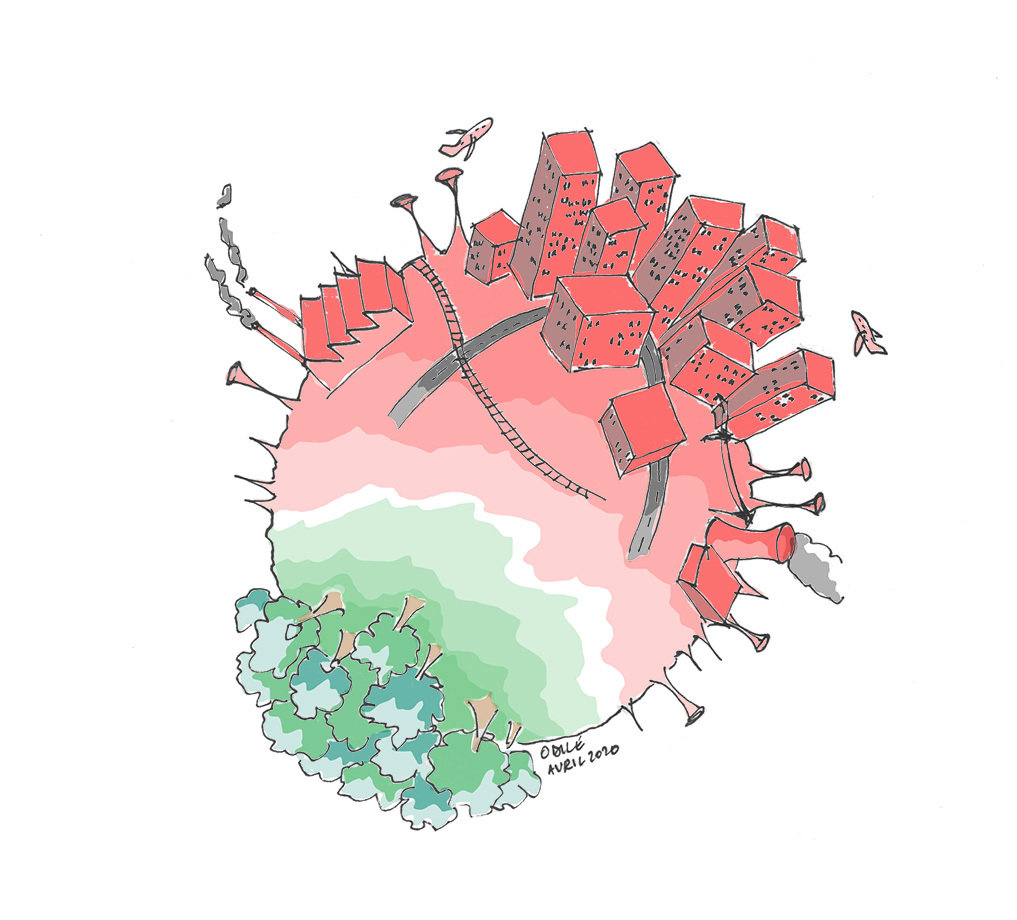
Clémentine Cottineau
CoVprehension collective
Drawings by Odile Plattard, 2020
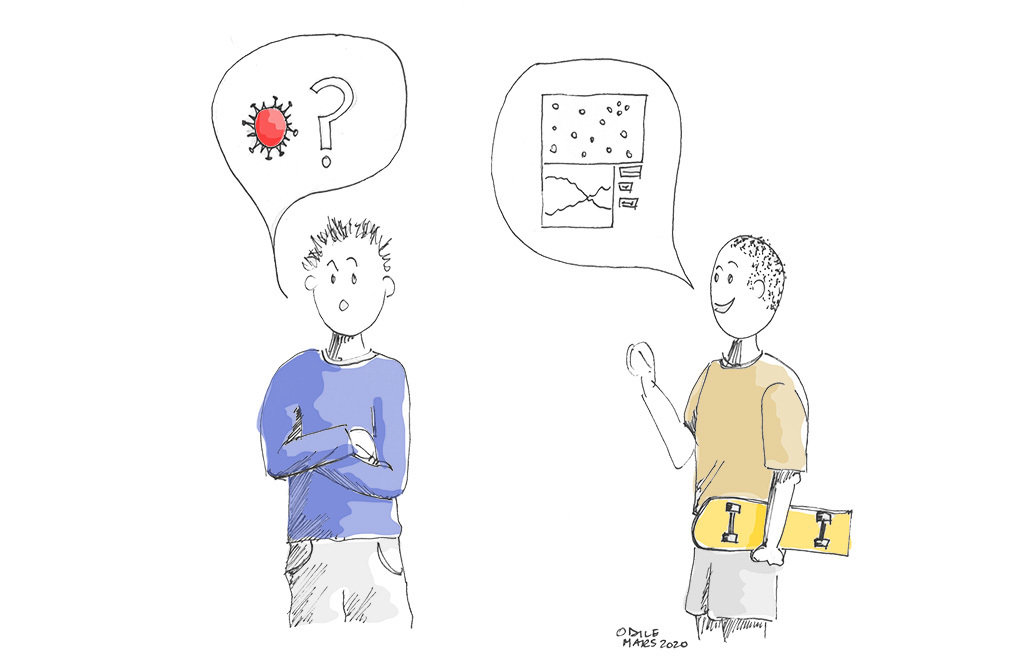
March 2020
Get informed
Panic
Act
Explain
move to NL!
Connect
Understand
Test theory
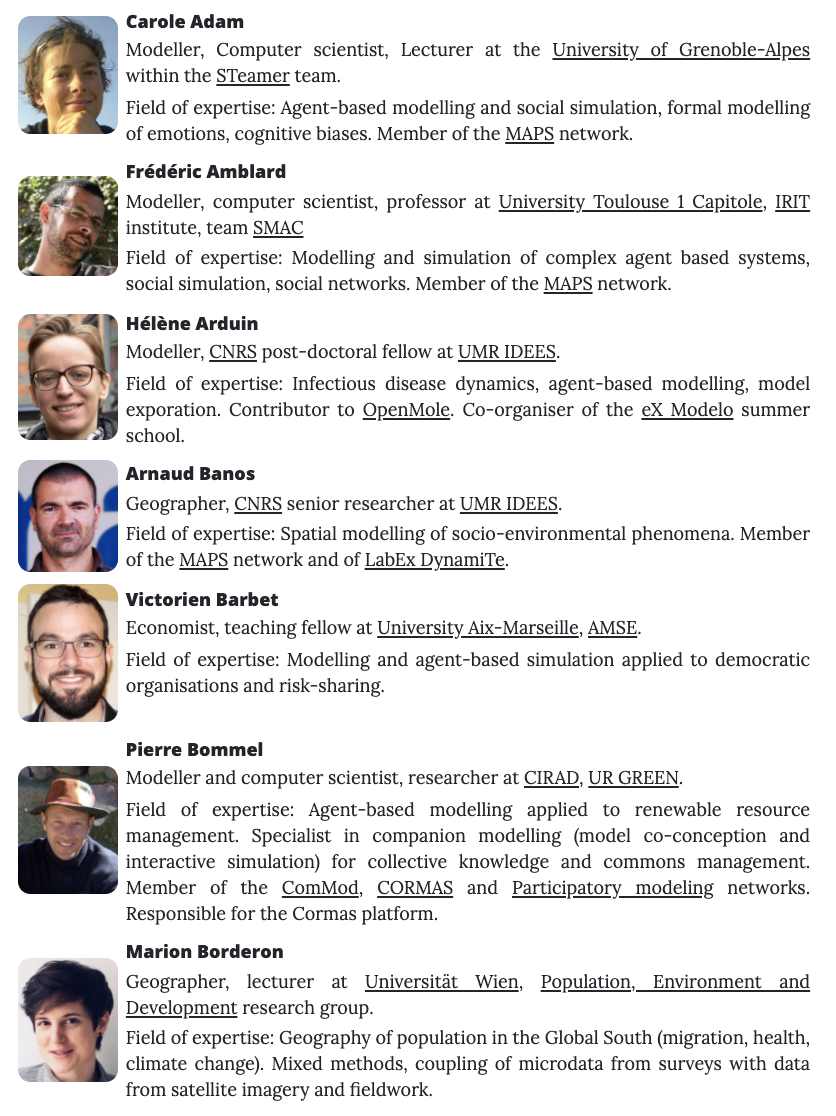
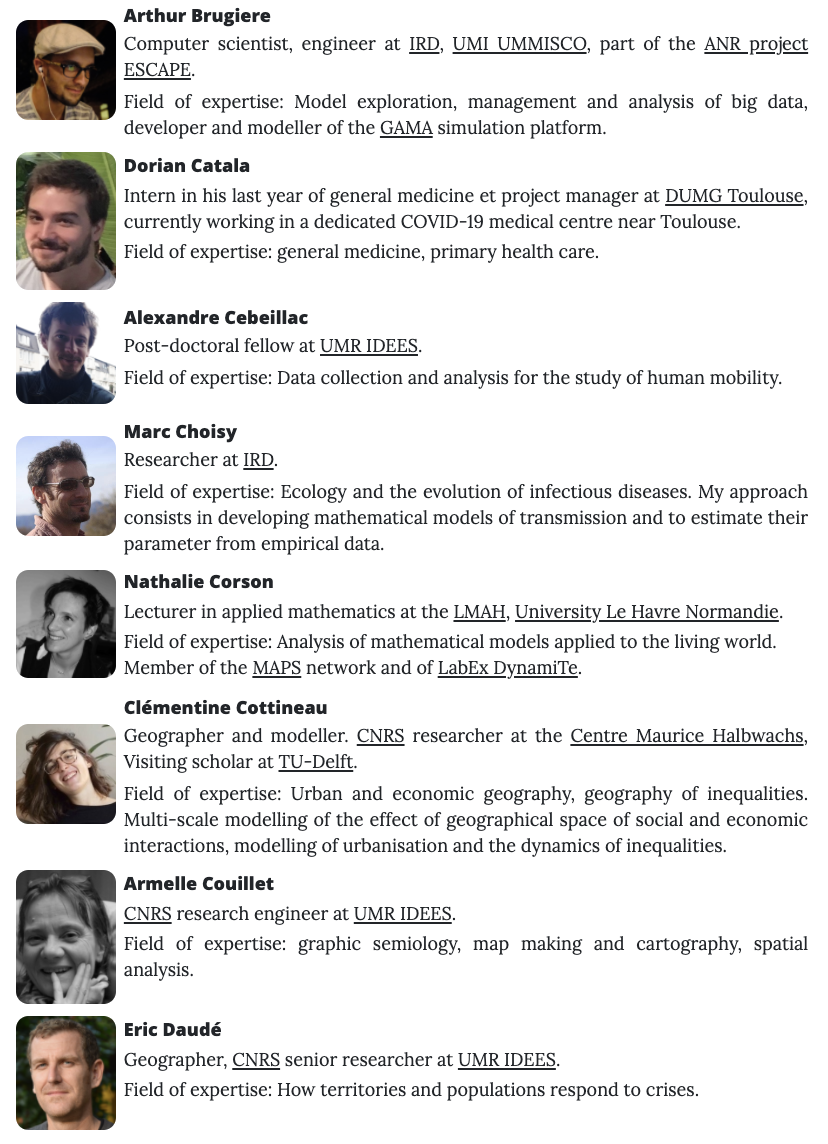
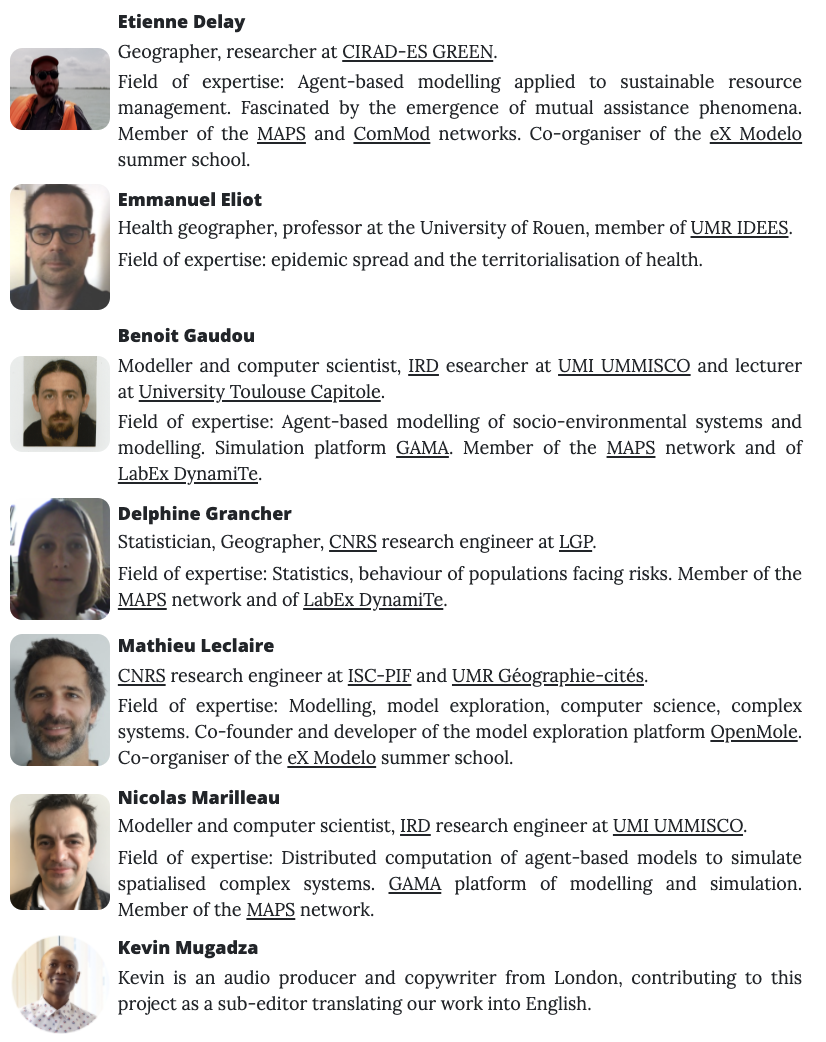
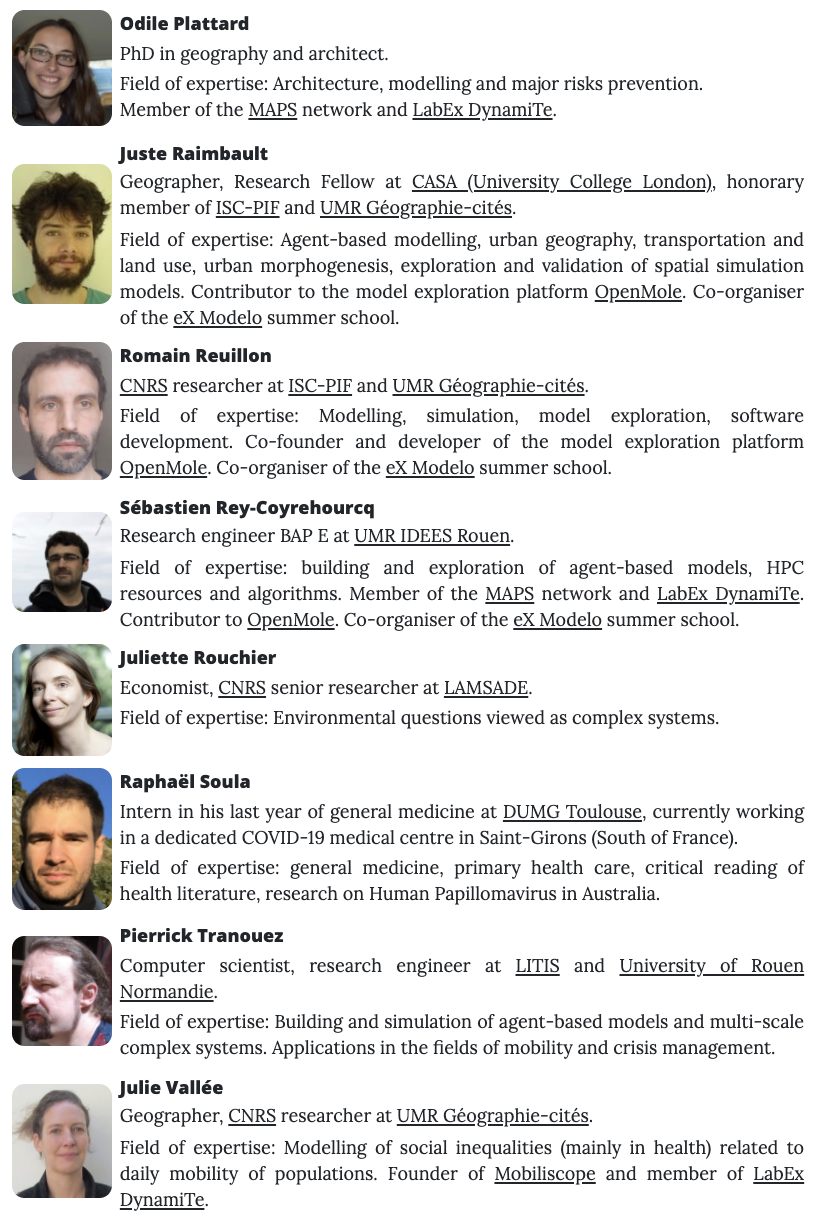



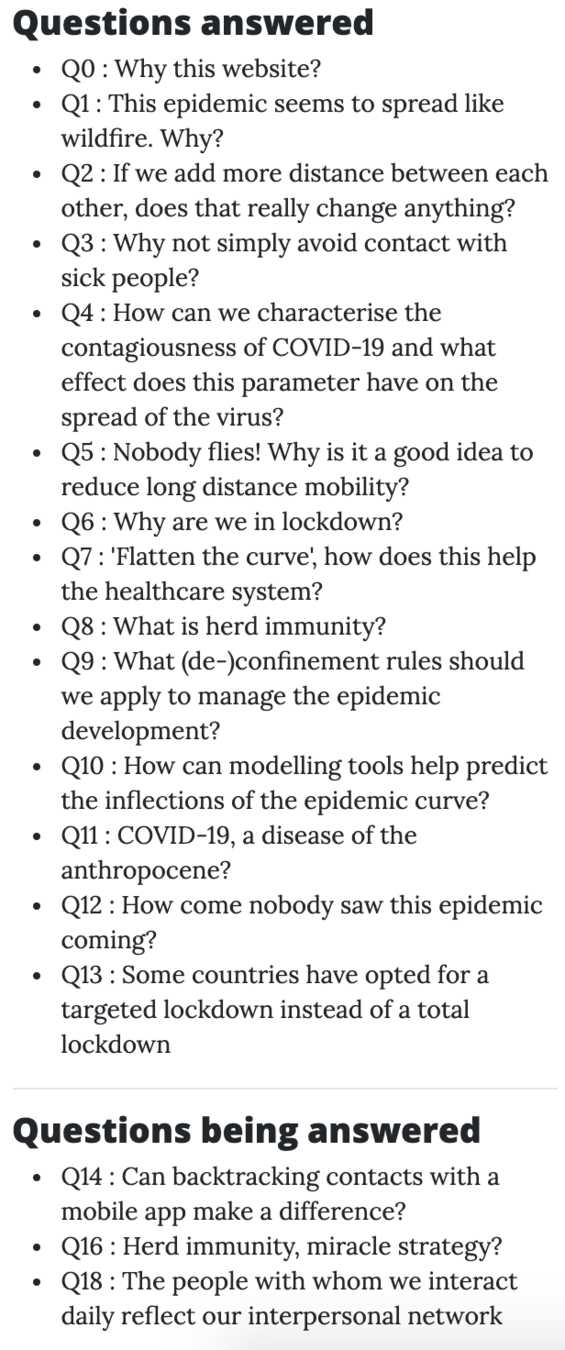
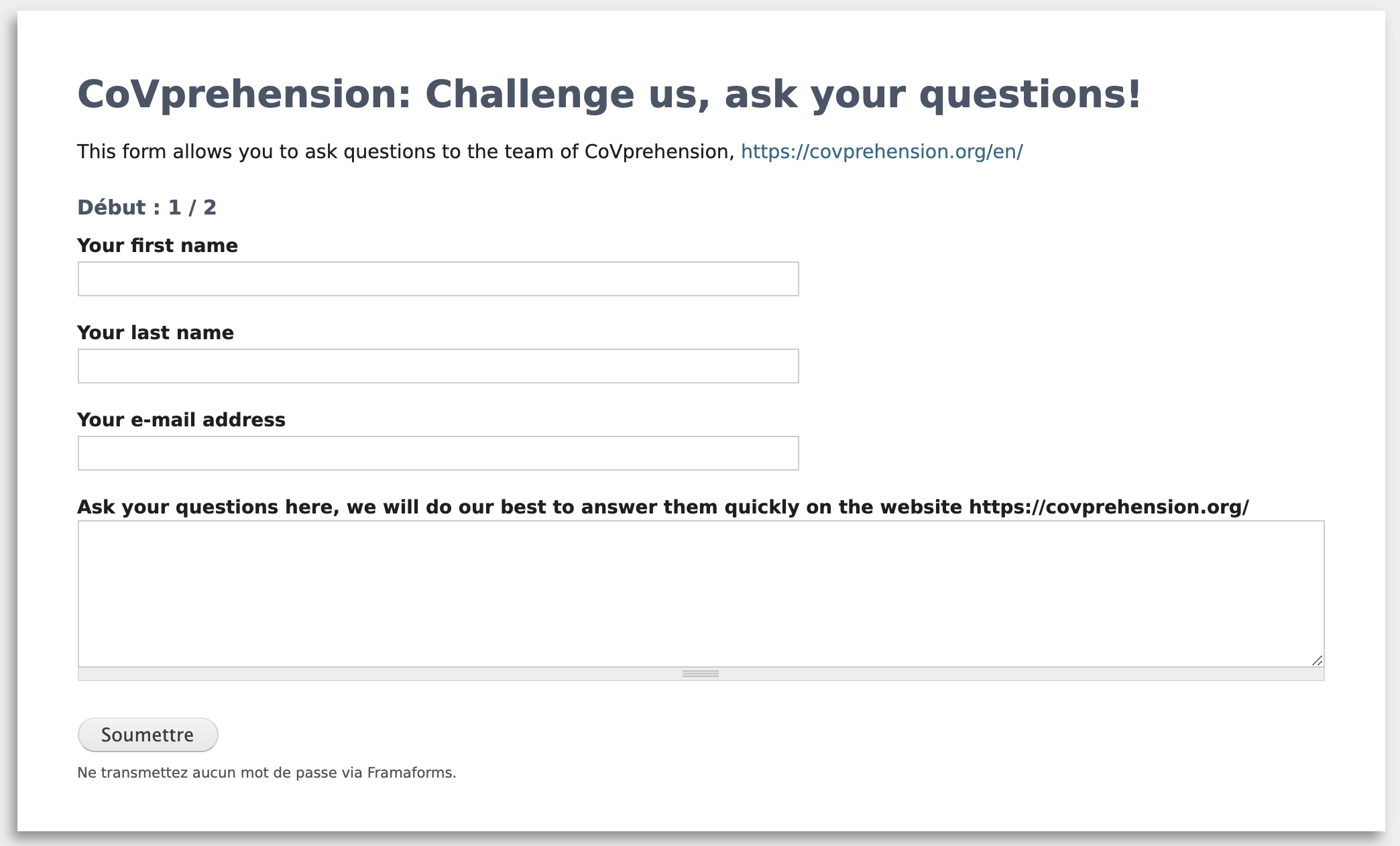

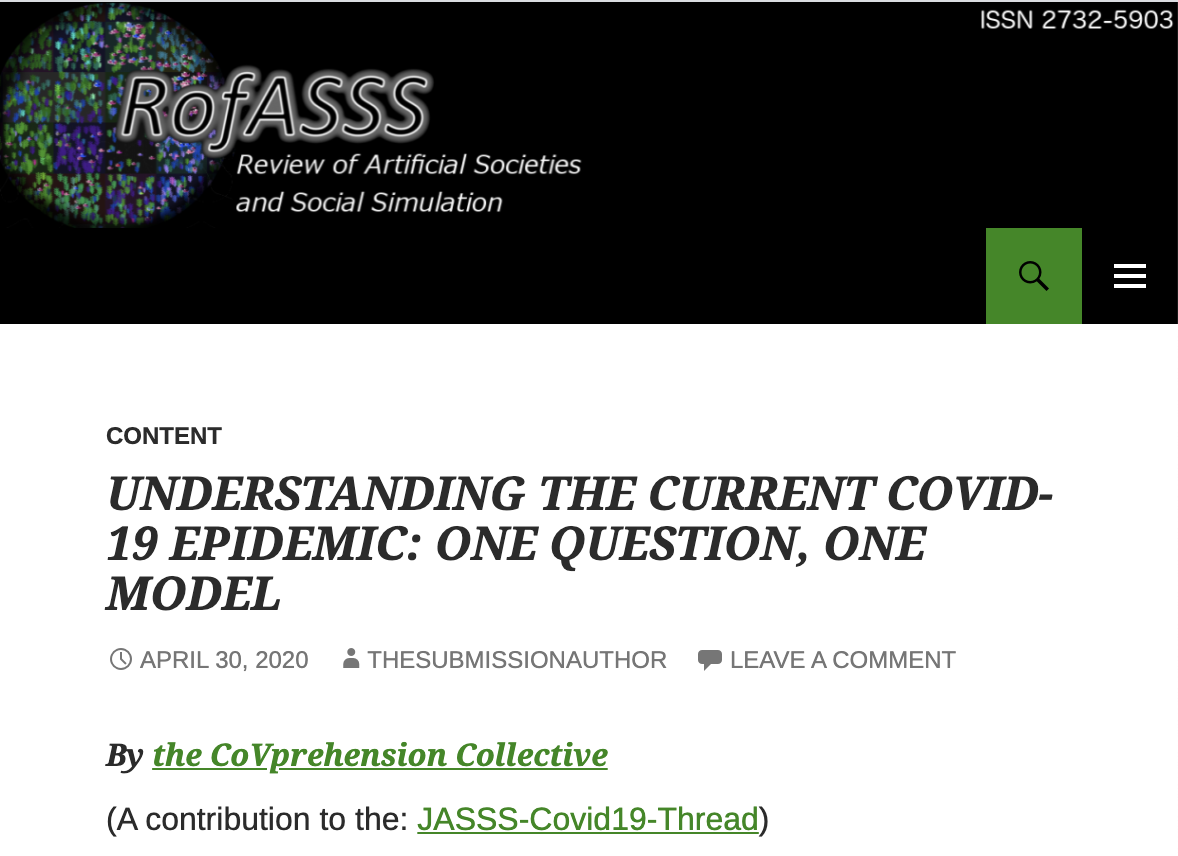

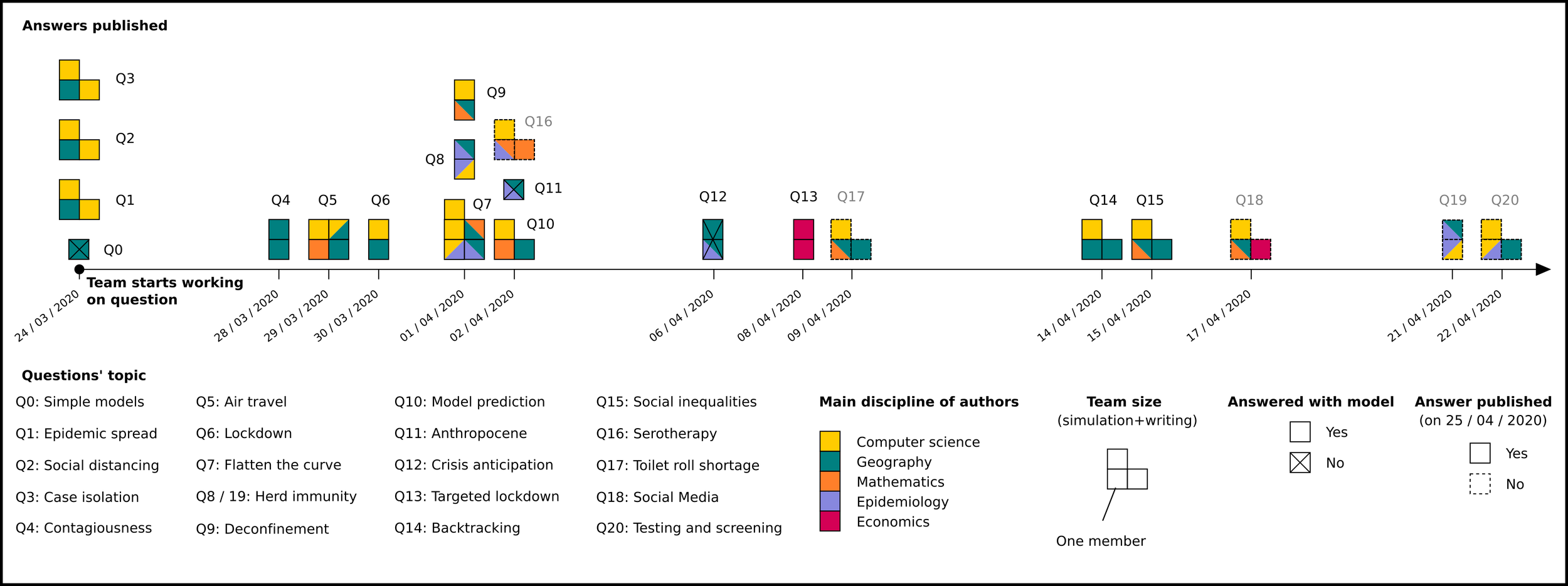
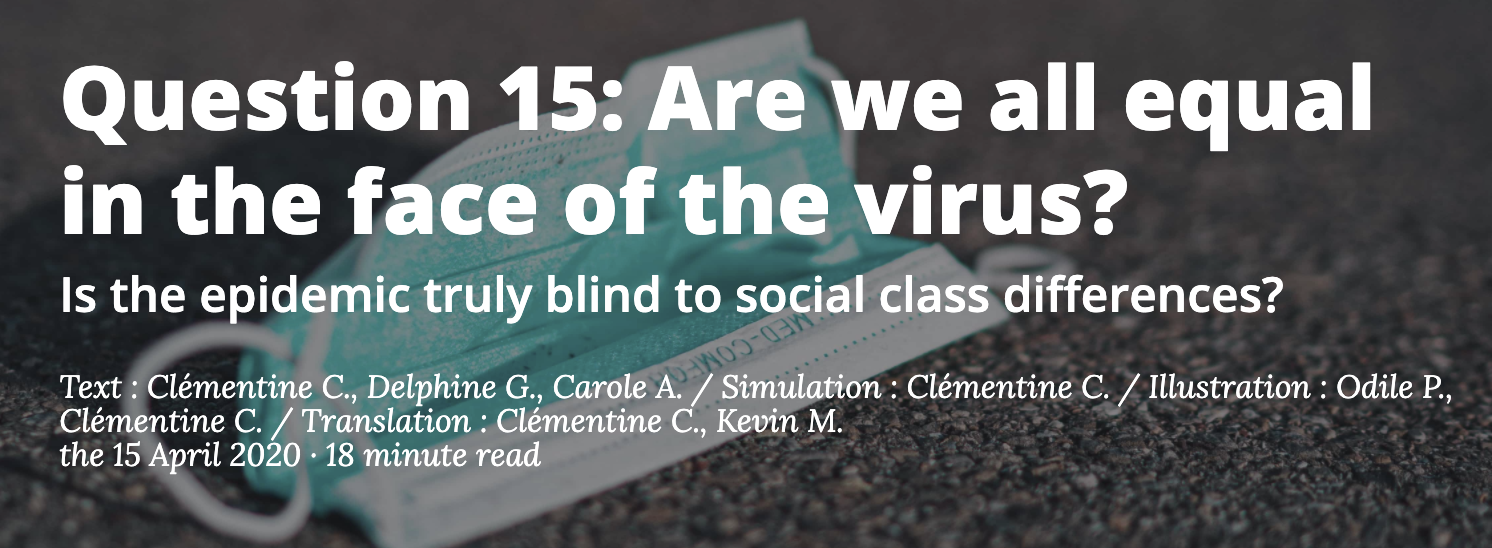
Agent Based Modelling
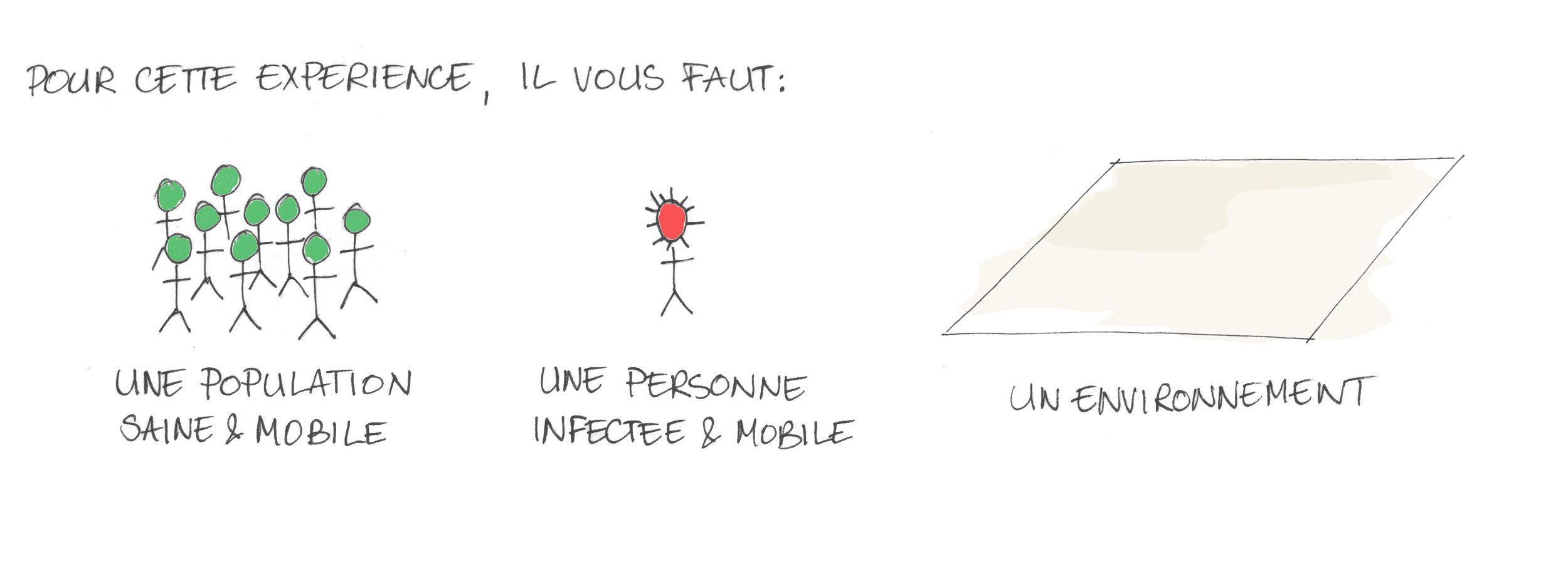
Simulation modelling framework
Agents:
- attributes
- aims & goals
- memory
- heterogeneous
Dynamics:
- rules of action
- evolution (≠equilibrium)
- bottom-up
Environment:
- spatial
- local interactions
- can evolve too
Why Model?
Predict: validating theories in natural sciences. > Ferguson's model: needs time, data, hypotheses
- Explain (very distinct from predict)
- Guide data collection
- Illuminate core dynamics
- Suggest dynamical analogies
- Discover new questions
- Promote a scientific habit of mind
- Bound (bracket) outcomes to plausible ranges
- Illuminate core uncertainties.
- Offer crisis options in near-real time
- Demonstrate tradeoffs / suggest efficiencies
- Challenge the robustness of prevailing theory through perturbations
- Expose prevailing wisdom as incompatible with available data
- Train practitioners
- Discipline the policy dialogue
- Educate the general public
- Reveal the apparently simple (complex) to be complex (simple)
Epstein, J. M. (2008). Journal of Artificial Societies and Social Simulation, 11(4), 12.
or at least compare them (Swedish policy versus total lockdown)
engage in dissemination with feedback by asking for their questions
Effect of density, of lockdown, visualise hospital beds
by highlighting unknowns
simplification of models
Agent Based Modelling
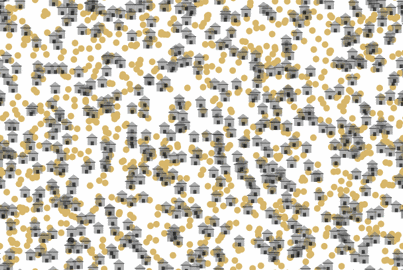

Simple integrated platform: Netlogo
Social differentiation in COVID spread during the first wave
- First affected: travelling professionals, celebrities, holiday makers from ski resorts, etc.
- Then: "the virus is blind, everyone can catch it" / "The great equalizer"
- Finally: higher prevalence of the disease among low income groups, deprived neighborhoods, minorities.
> Can we integrate such three facts into one model?
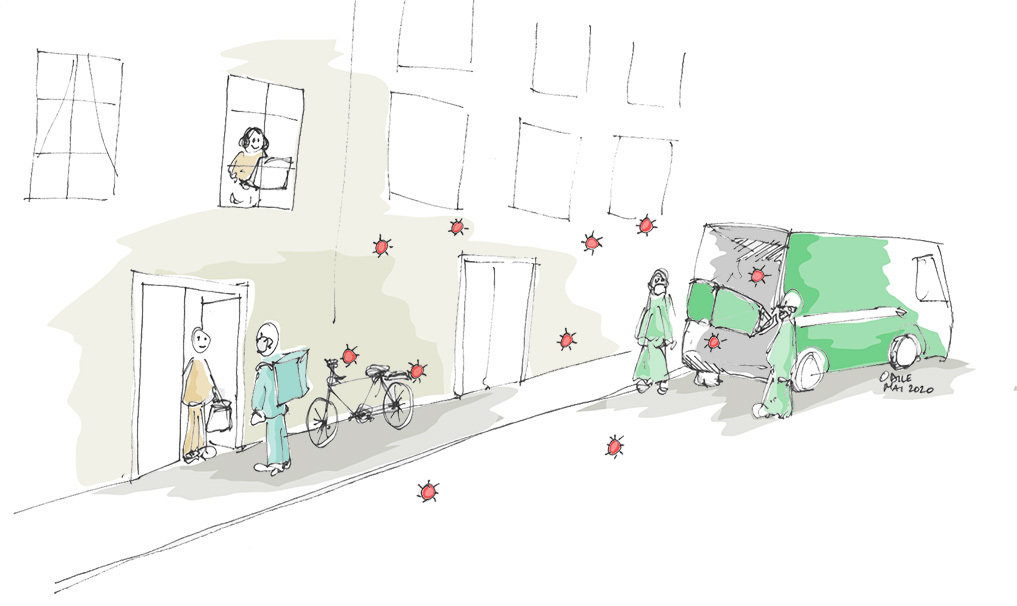
Work status: remote or not
Some can work from home whereas others are exposed on their workplaces (shops, hospitals, restaurants, nuclear sites, etc.)

Work status: remote or not
We identify essential & non essential jobs
Essential jobs are filled by workers preferentially within a radius r, non-essential jobs are less constrained
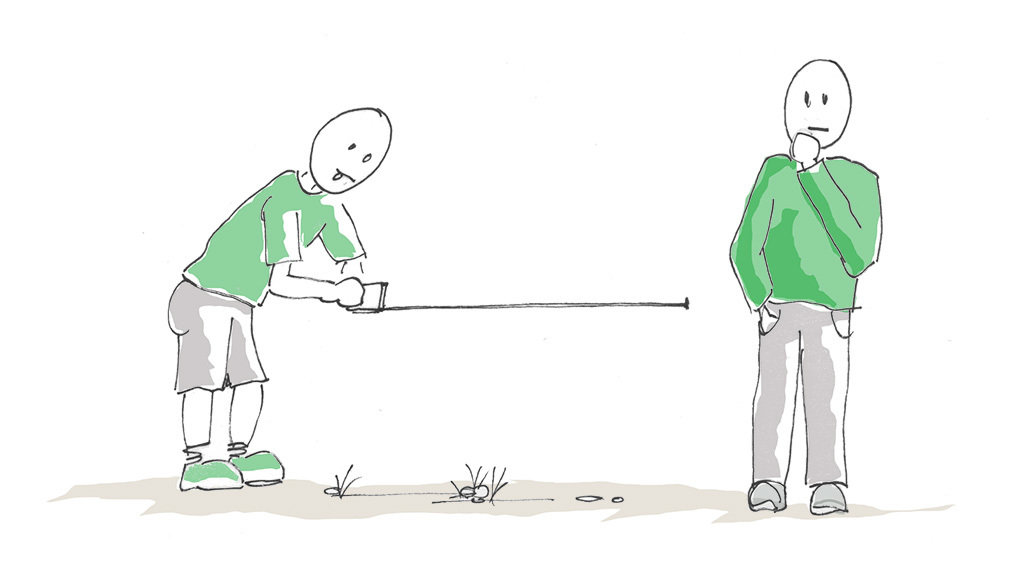
Residential status:
individual or collective
For some, being home means being exposed to their household only.
For others, it's sharing doors, lifts, corridors, courtyards & bins with others.
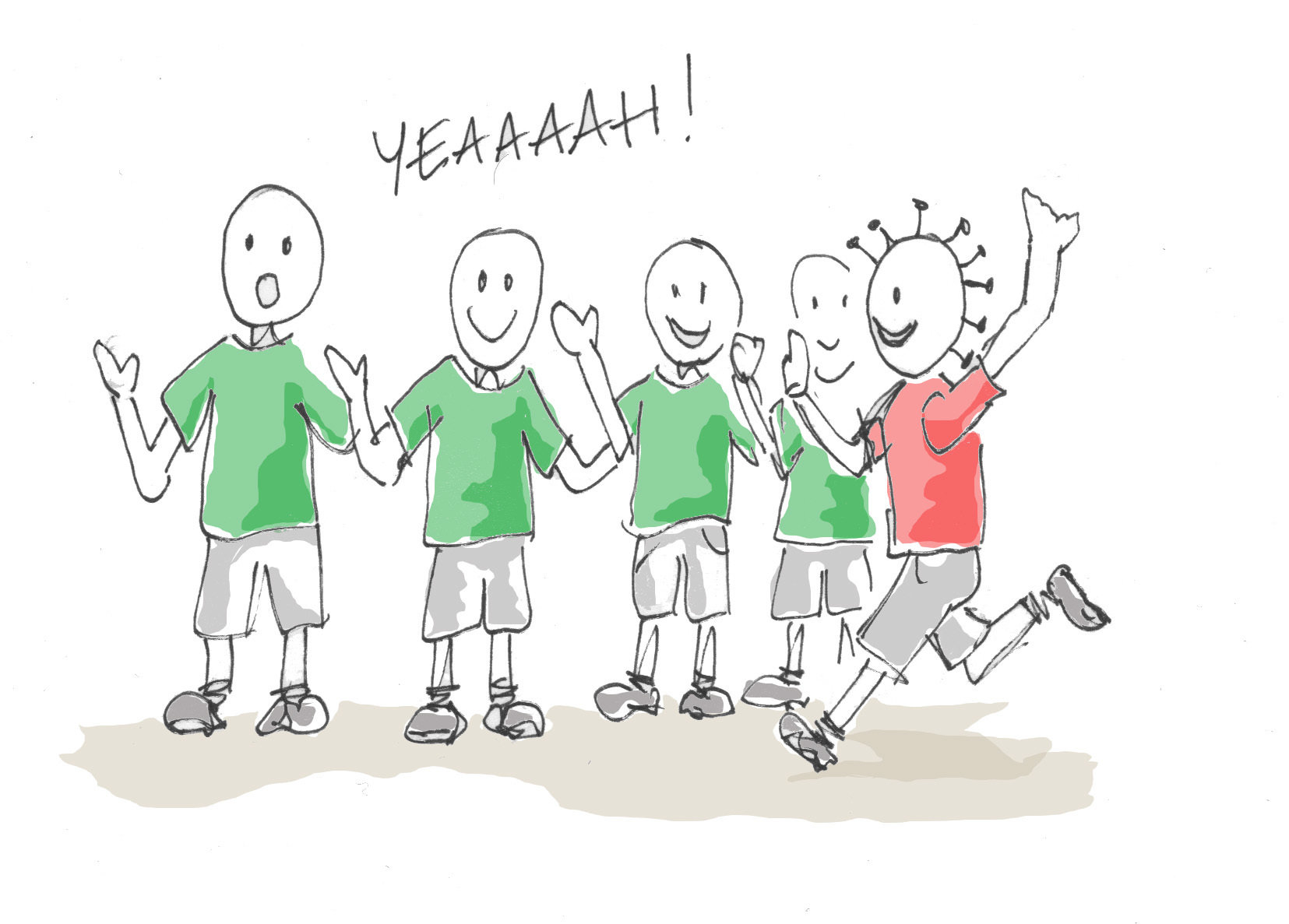
Transmission of the virus
When people are put in contact, their probability of being infected is the same.
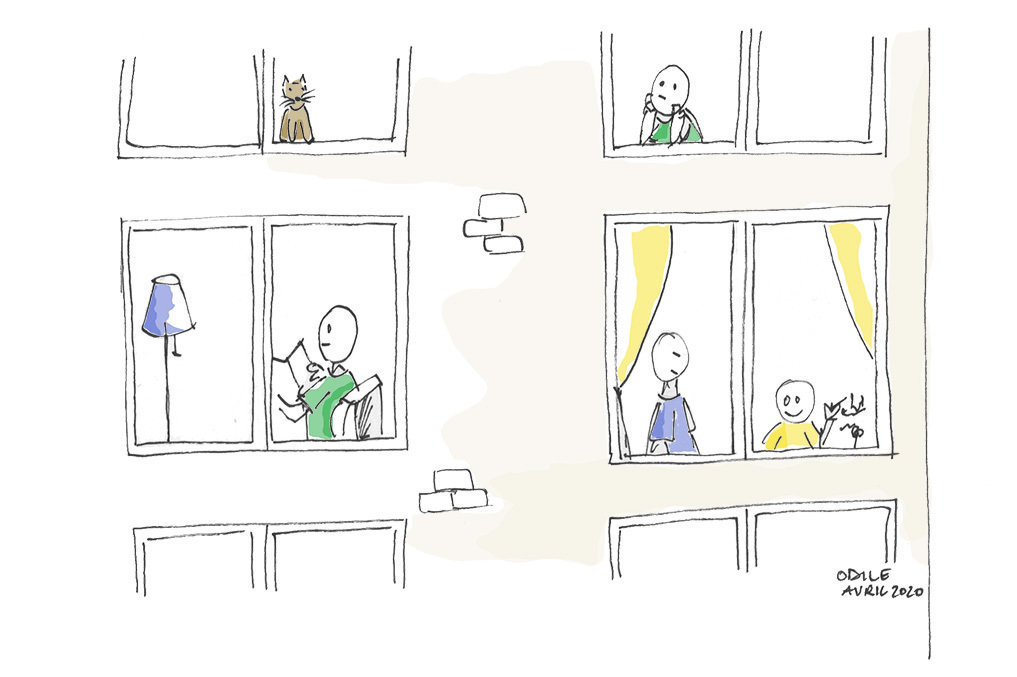
Lockdown measures
After a certain number of fatalities,
a lockdown is automatically imposed.
People from non-essential sectors work from home
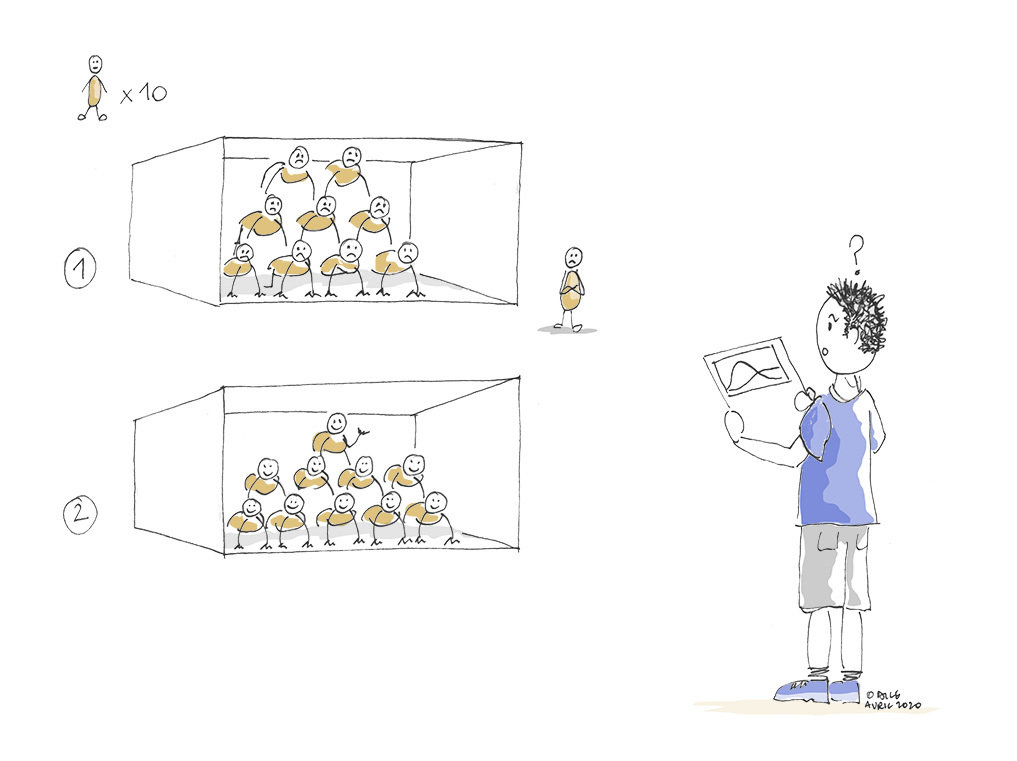
Evaluation of simulations
- Dynamic of the epidemics (susceptible, infected, recovered, dead)
- Distribution by social class
Privi-
leged
working
class
work
on
site
collec-
tive
living
work
re-
mote
indi-
vidual
living
"middle" class
Online simulator
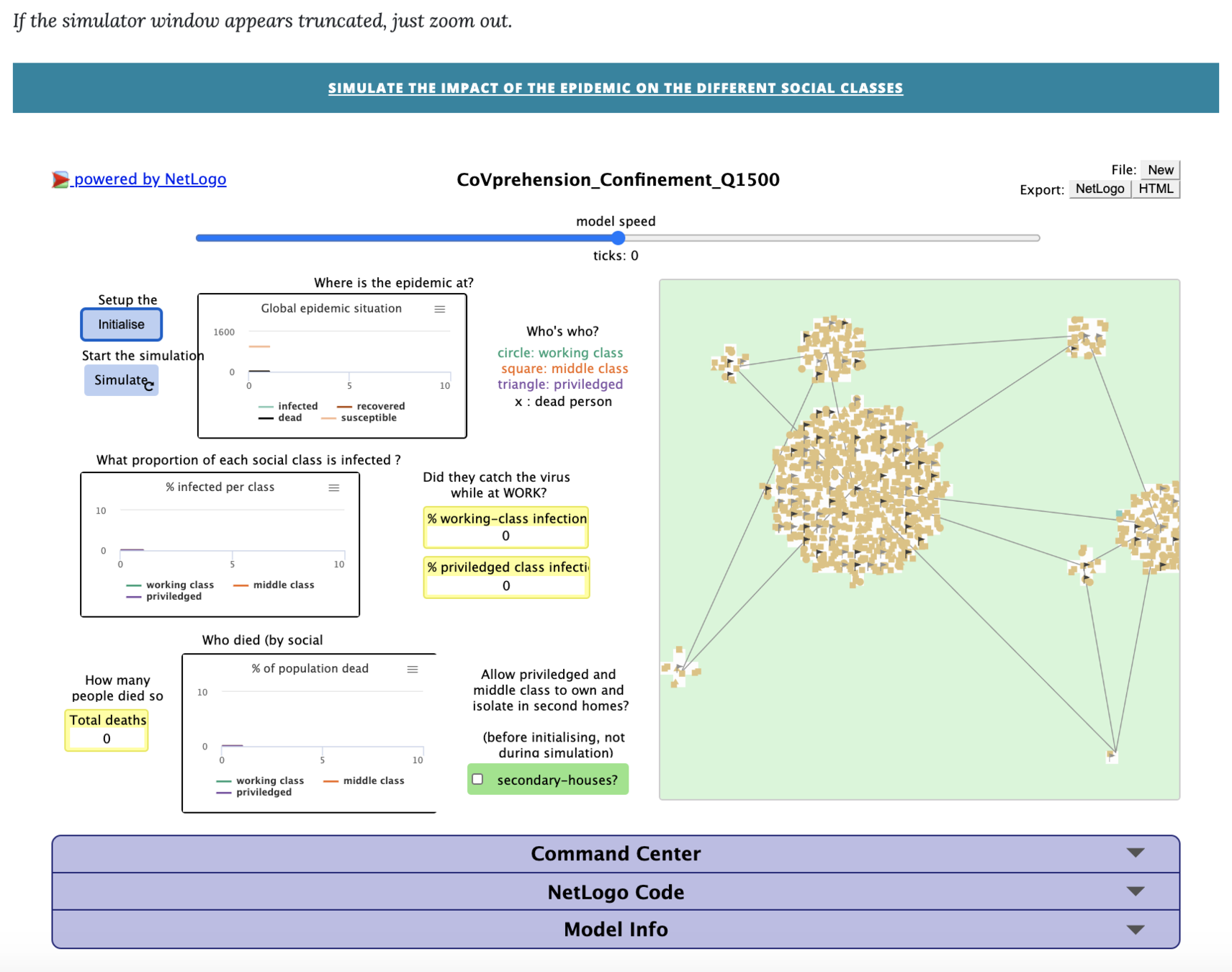
Offline simulator
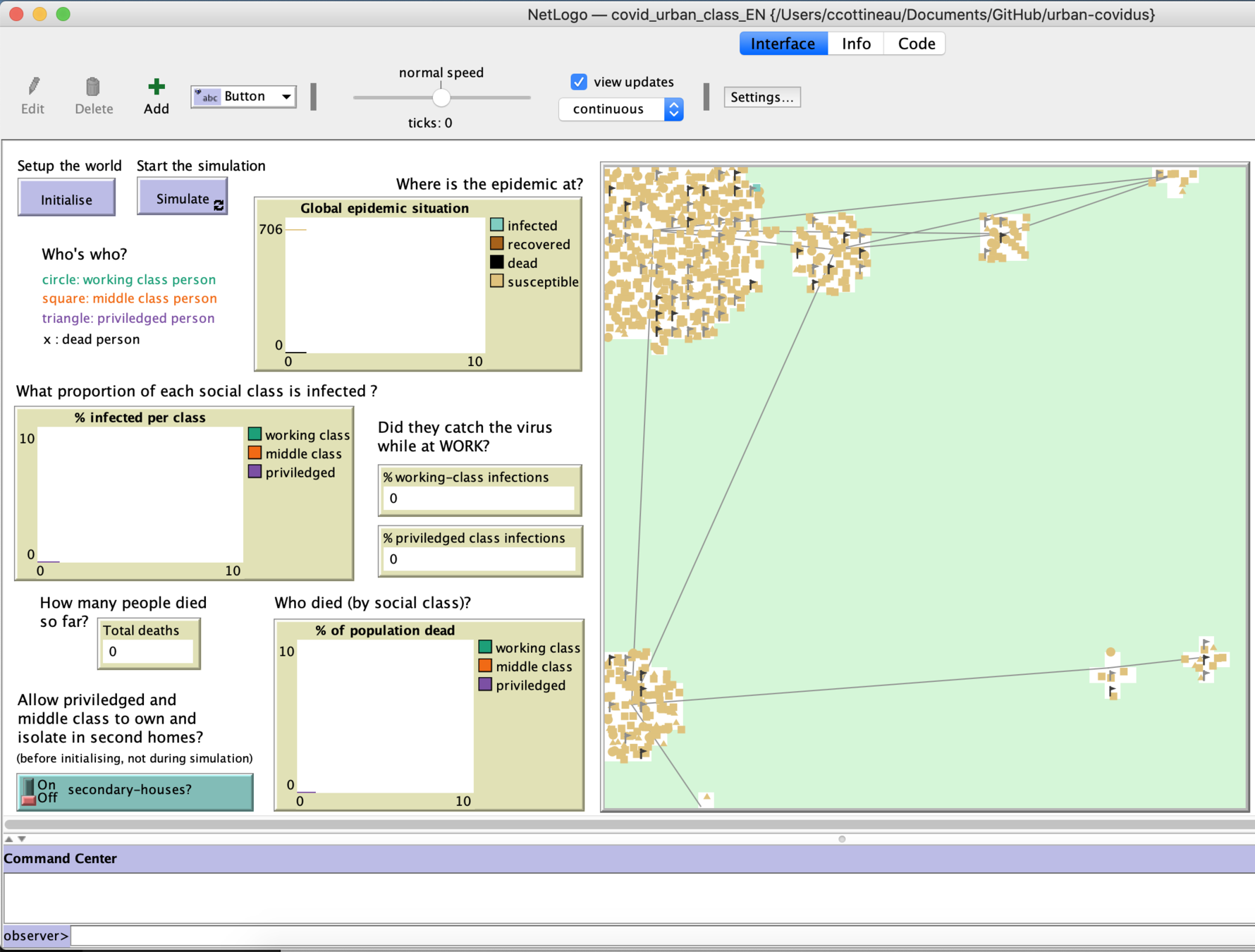

Motor of simulation
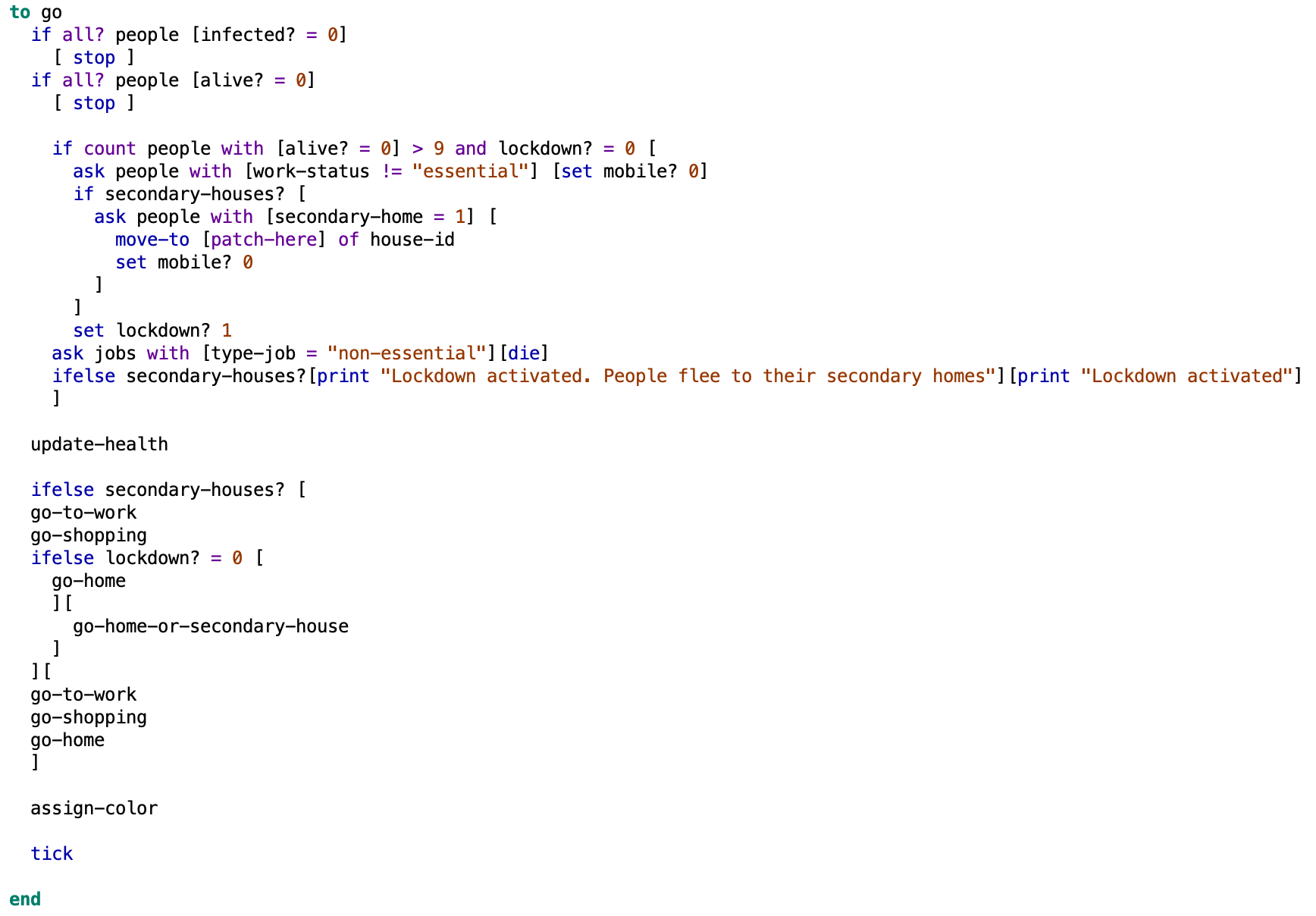
Model results
Model results


t + 35
t + 70
The epidemic follows classic SIR dynamics
Privileged workers are put in contact first (longer commutes)
Then they are overtaken by lower and middle class infections
Model results

At the end of this simulation, a larger % of working class agents have been affected by the virus.
They also have a higher mortality rate (does not take into account co-morbidities & poorer access to health care).
Model results
Through generative simulation, we can trace through which pathways agents get infected (difficult in real life)
> The virus is blind but the exposure to the virus has been socially biased.
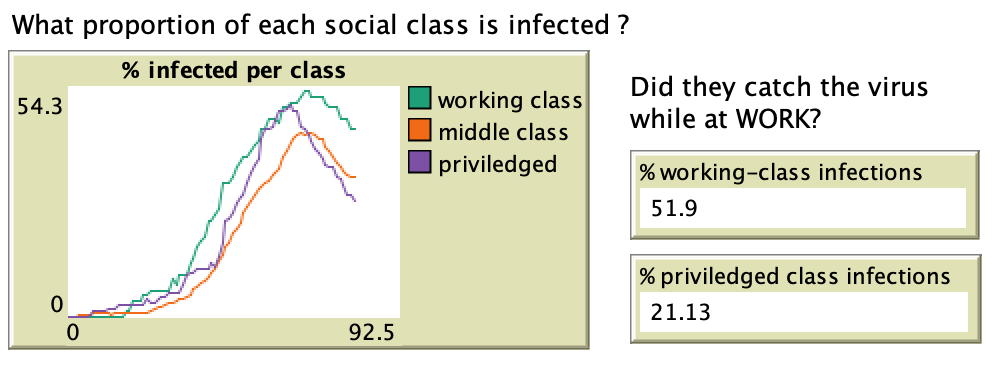
Additional experiment
Limits
- Definition of "social class" is highly contextual to the epidemic question
- Urban, medical and demographic factors still absent from the model
- Exploration of the model remains to be done (calibration, sensitivity, robustness analysis, adequacy with empirical data, etc.)
Perspectives
- Keep multilevel & integrated approach to simulate human interactions dynamically in cities
- Add dimensions of inequality (on top of work status & residential setting), such as education level, income, etc.
- Calibrate on empirical individual data
- Use to test policy scenarii
Conclusion
- Stimulating collective modelling experience in face of a pandemic
- Inquiring, testing & sharing: our tools
- Urban models of inequality
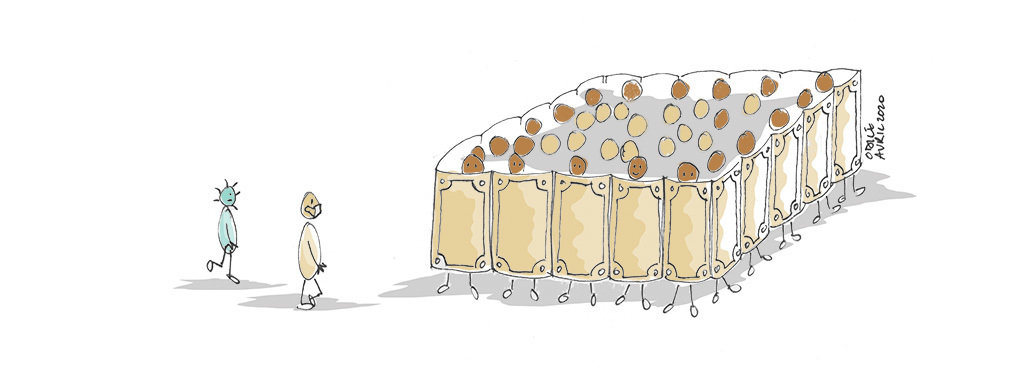
Going further
The website: https://covprehension.org/en/
The repository: https://github.com/covprehension
A collective publication:
- CoVprehension collective, 2020, "Understanding the current COVID-19 epidemic: one question, one model", Review of Artificial Societies and Social Simulation, COVID-19 thread, http://rofasss.org/2020/04/30/covprehension/
More questions: https://framaforms.org/covprehension-challenge-us-ask-your-questions-1585581105